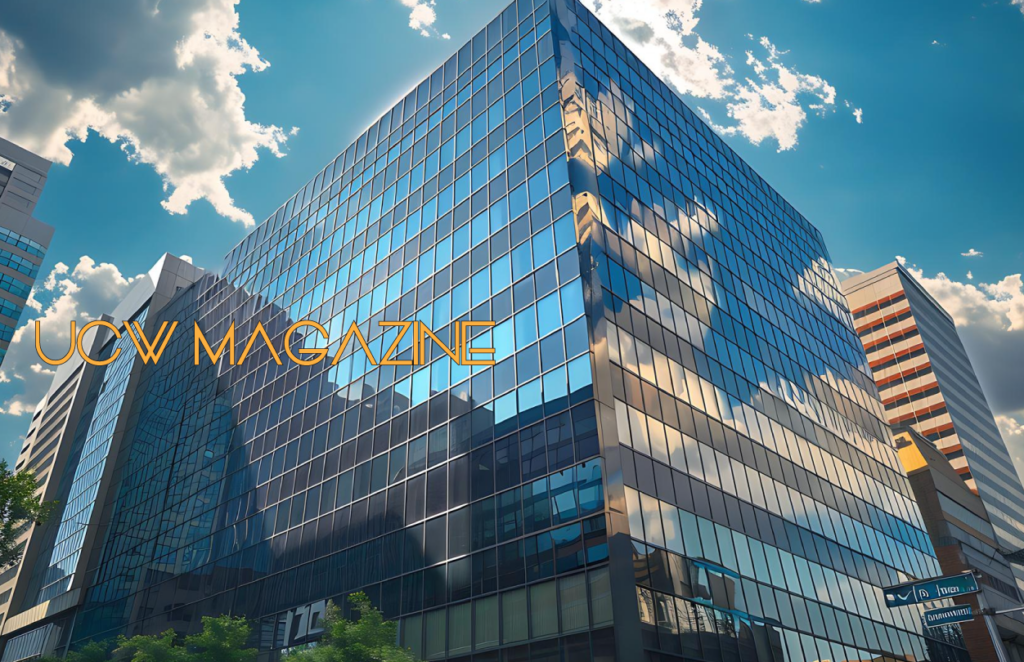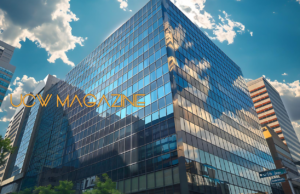Challenges in Commercial Real Estate and Their Ripple Effects

The commercial real estate (CRE) industry stands at a crossroads, beset by a multitude of challenges that ripple outwards, affecting property owners, investors, banks, renters, and entire cities. As we delve into these issues, it becomes clear that the solutions will require innovation, flexibility, and collaborative efforts across all sectors involved.
The Core Challenges in Commercial Real Estate
Remote Work Revolution
The rise of remote work has drastically reduced the demand for traditional office space. Companies are downsizing or eliminating their office footprints altogether, leading to higher vacancy rates and lower rental income for landlords. This shift compels property owners to rethink space utilization, potentially converting offices into mixed-use spaces or residential units to mitigate financial losses.
Economic Uncertainty
With rising interest rates and inflation, businesses face an uncertain economic environment. Hesitation to expand or commit to long-term leases dampens demand and stifles rental growth. This economic hesitancy can slow down new commercial projects and reduce investor confidence, leading to a sluggish market and fewer opportunities for growth.
Maturing Loans
A significant portion of commercial mortgages, originated during periods of low interest rates, are now coming due for refinancing in a higher-rate environment. Borrowers may struggle with increased costs or securing favorable terms, leading to defaults or the necessity for loan restructuring. This increased default risk poses a significant threat to financial stability, especially for banks holding these loans.
Supply Chain Disruptions
Global supply chain issues have led to delays and increased costs for building materials, affecting new construction and renovation projects. This limitation on the availability of modern office spaces can result in extended project timelines and increased costs, impacting developers and investors alike.
Evolving Retail Landscape
The surge in e-commerce has disrupted traditional brick-and-mortar retail. Many physical stores face closures, leading to higher vacancies in shopping malls and high streets. These vacant retail spaces can result in declining foot traffic and economic activity, further impacting local economies.
Impact on Banks
Increased Loan Delinquency Risk
As vacancies rise and refinancing becomes difficult, the risk of loan defaults increases. Banks holding these loans could face significant financial losses, leading to a tightening of lending standards and a more cautious approach to new loans.
Lower Loan Demand
A general slowdown in the CRE market results in reduced demand for new commercial loans. This decline impacts banks’ lending revenue and overall financial health, leading to a more conservative financial environment.
Impact on Rents
Downward Pressure on Rents
Increased vacancy rates and lower demand for space put significant downward pressure on rents, particularly for older or less desirable properties. Landlords may be forced to offer incentives or lower rents to attract tenants, impacting their profitability.
Flight to Quality
As tenants become more selective, they prioritize modern, amenity-rich buildings with flexible lease options. This preference widens the gap between high-quality properties and older buildings, creating a stratified market where only the best properties thrive.
Impact on Cities
Reduced Tax Revenue
Commercial properties are major sources of tax revenue for cities. Lower property values and reduced rents lead to decreased tax income for municipalities, potentially impacting public services and city budgets.
Vacant Storefronts and Economic Decline
High vacancy rates in retail areas can create a negative visual impact, discouraging further investment and leading to economic decline in affected districts. This decline can create a feedback loop, where reduced economic activity leads to more vacancies and further declines.
Challenges in Urban Planning
Cities must adapt their planning strategies to the changing needs of the commercial sector. This adaptation might include focusing on mixed-use developments or repurposing vacant spaces for alternative uses, such as residential units or community centers.
To navigate these challenges, the CRE industry must embrace innovation and flexibility. Potential strategies include:
- Developing flexible office space solutions that cater to the hybrid work model is essential. Co-working spaces and short-term leases can attract businesses looking for flexibility.
- Investing in modern amenities and technologies will attract tenants seeking high-quality spaces. Upgrading older buildings can make them more competitive in a challenging market.
- Converting unused commercial spaces into residential units, community centers, or other functional areas can meet evolving market demands and reduce vacancy rates.
- Encouraging collaboration between banks, landlords, and city planners is crucial. Joint efforts can create holistic solutions that benefit all stakeholders and promote economic stability.
Some of these challenges should be proactively and innovatively addressed, when a commercial real estate cycle is in motion it is not something that turns around in months, it takes years to get the cycle going and years to cycle out of it. This could be impactful for large and small cities alike, this could very well be a feast fest for private equity that has been sitting on the sideline waiting for a better time to jump in. It will also test the resilience of REITs as the pressure from investors may push them to sell too soon, the action of selling low and buying high is never a good solution. We will have a follow up article on this topic and perhaps get some insight from professionals in the space.









